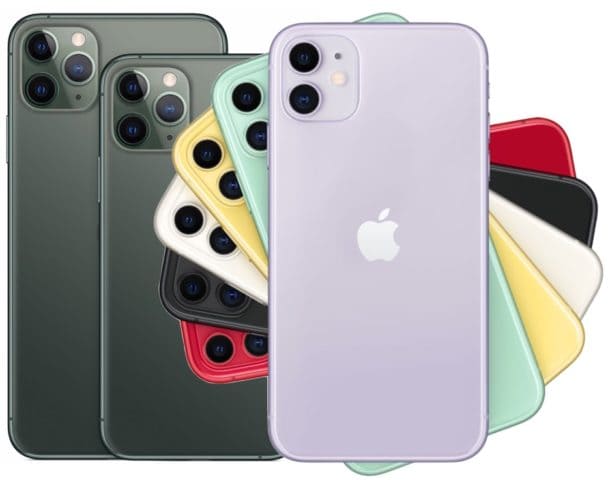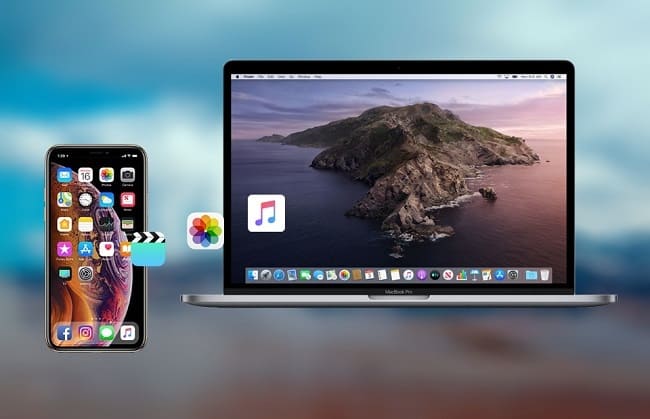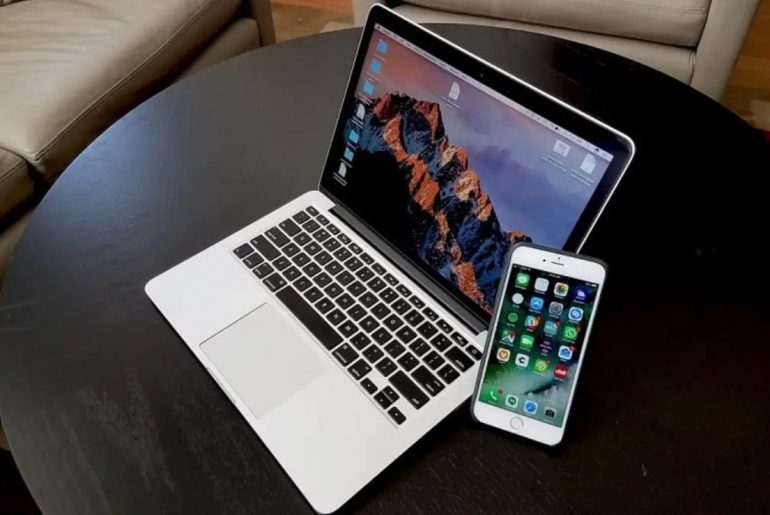Press and hold either volume button and the side button until you see the Power off slider. Move the slider and wait 30 seconds for the device to turn off.
Why can’t I turn off my iPhone 11?
To do this, first briefly press the “Volume Up” button and then the “Volume Down” button. It is important that you press and release both buttons only briefly. Then press and hold the right side button until the iPhone restarts.
How can I turn off my iPhone?
iPhone with Face ID: Press and hold the side button and either volume button at the same time until the sliders appear. Then move the off switch. iPhone with a home button: Hold the side button and drag the slider.
How to turn off iPhone without button?
To do this, go to the Settings app and go to the “General” area. Scroll all the way down in the list of functions, there you will find the “Switch off” tab in blue letters.
Where is the power button on iPhone 11?
If the device is completely switched off, follow these steps to switch on your iPhone 11: On the right side you will find the power button. Hold it down for about three seconds.
What does the iPhone 11 look like?
Details: The iPhone 11 has a 6.1″1 Liquid Retina display. The back of the case is made of glass and it is surrounded by an anodized aluminum frame. The side button is located on the right side of the device.
How can I turn on my iPhone?
Press and hold the Home button and the Side button or Top button until you see the Apple logo. If iPhone won’t turn on, follow these steps to check the hardware and charge iPhone. The charging process can take up to an hour.
Should you turn off your iPhone at night?
From a technical point of view, there is nothing to be said for switching off your cell phone overnight. Thanks to optimized charging and intelligent memory management, the iPhone is designed to be in continuous operation. Neither the battery nor the performance benefit from overriding the smart iOS mechanisms through manual intervention.
What is the standby button?
Note on network disconnection. The standby button on this device does not completely disconnect the device from the mains. The device also draws power in standby mode. To completely disconnect the device from the mains, the mains plug must be pulled out of the socket.
Where is the power button on the iPhone?
The power button is usually located at the top right of the iPhone. Swipe the switch from left to right to turn off the iPhone. After the iPhone is off, hold down the power button until the device restarts. You can recognize this by the fact that the Apple logo appears.
How to turn off iPhone 11 without display?
For all iPhones with Face ID, i.e. iPhone X and newer, you can switch off the device without a display by briefly pressing the volume up button, then briefly pressing the volume down button and then holding down the side button.
How do I close the apps on the iPhone 11?
On the Home screen, swipe up from the bottom edge of the screen, and keep your finger in the middle of the screen.
Swipe right or left to find the app you want to close.
Swipe up on the app preview to close it.
Which is the power button?
The power button is, as the name suggests, a switch that can be used to turn electrical devices on and off. With computers, such as our mini PCs, the functionality is now limited to switching on.
How to restart iPhone 11?
iPhone X, XS, 11, 12 or 13: How to force restart without home button? If you want to force restart the iPhone, for example because the screen has stopped responding, press and release the volume up button and press and release the volume down button as well.
How do I turn off the cell phone?
On Android phones you just press the power button for a few seconds, on iPhones (iPhone X and newer) you have to press the volume down and volume up buttons as well as the side button at the same time. A slider should then appear on the screen allowing you to turn off the device.
What do I do if my iPhone 11 stops responding?
- Make sure the screen isn’t too dirty. A protective film can also limit the sensitivity of the screen. Clean the screen with a slightly damp cloth.
- Next, try restarting your iPhone.
- If your iPhone won’t turn off, you can force a restart. No data is lost in the process. Once the iPhone has restarted, the touchscreen should work again.
- If the touchscreen still doesn’t work, you can try to reset your iPhone. Before doing this, however, make sure that you have a backup of your cell phone that is as up-to-date as possible and that you can access.
- If none of the tips help, there is probably a defect in the hardware. Contact Apple Support if you are still under warranty. Otherwise, you can have your iPhone repaired at a workshop.











